Hassle-free machine support and servicing
Priority Customer Service
Be the first to know about new workouts, products and more!
Erika Rayman was tired of pushing herself at the gym and not seeing the changes she worked so hard to achieve. She knew that if she wanted something different, other people did too.
So she spent four long, crazy years creating a machine and method that draws on reactive neuromuscular training techniques for faster results.
Today, thousands of people have experienced the joy, confidence and results that come from proper squatting. And we've only just begun.
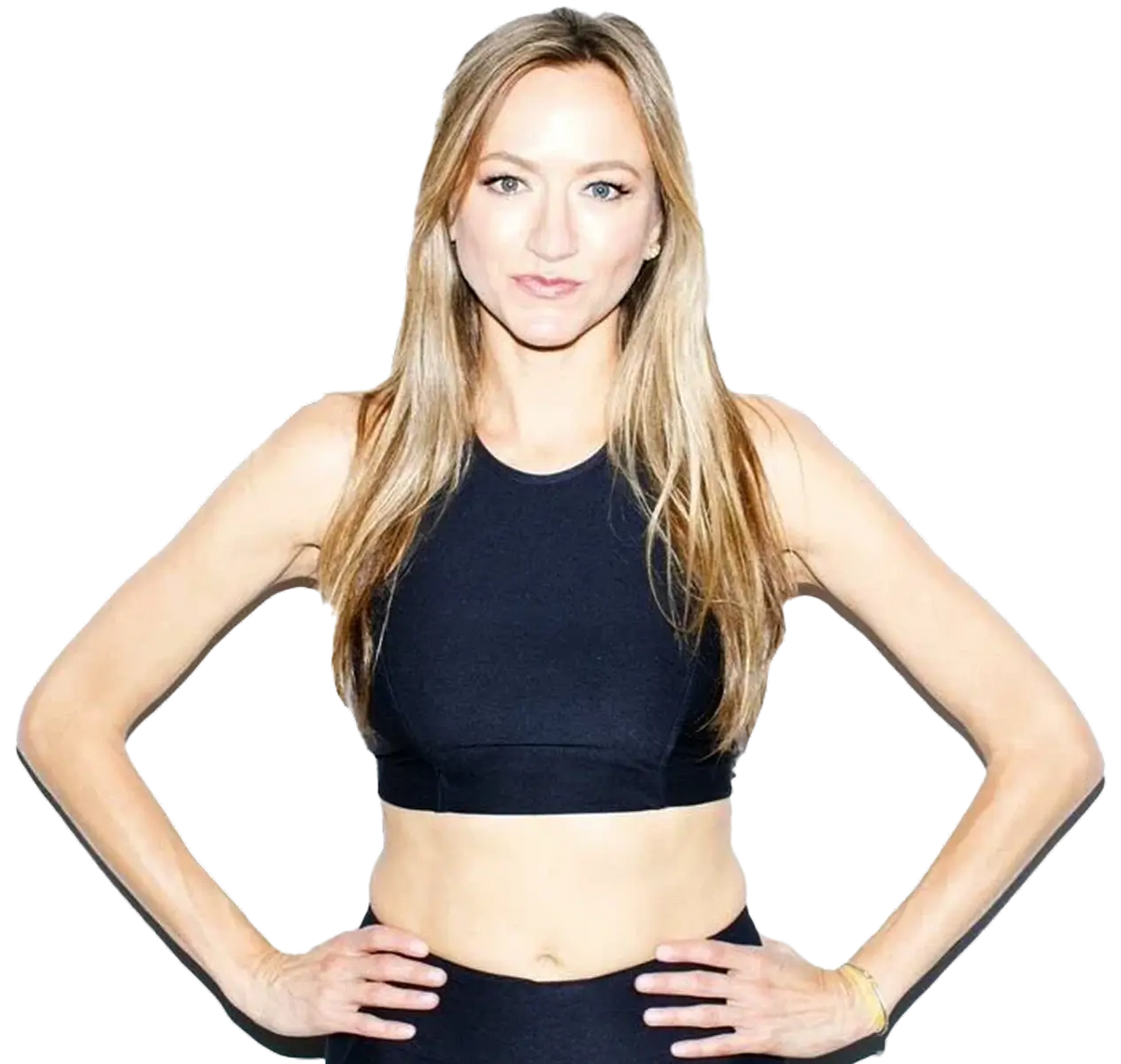
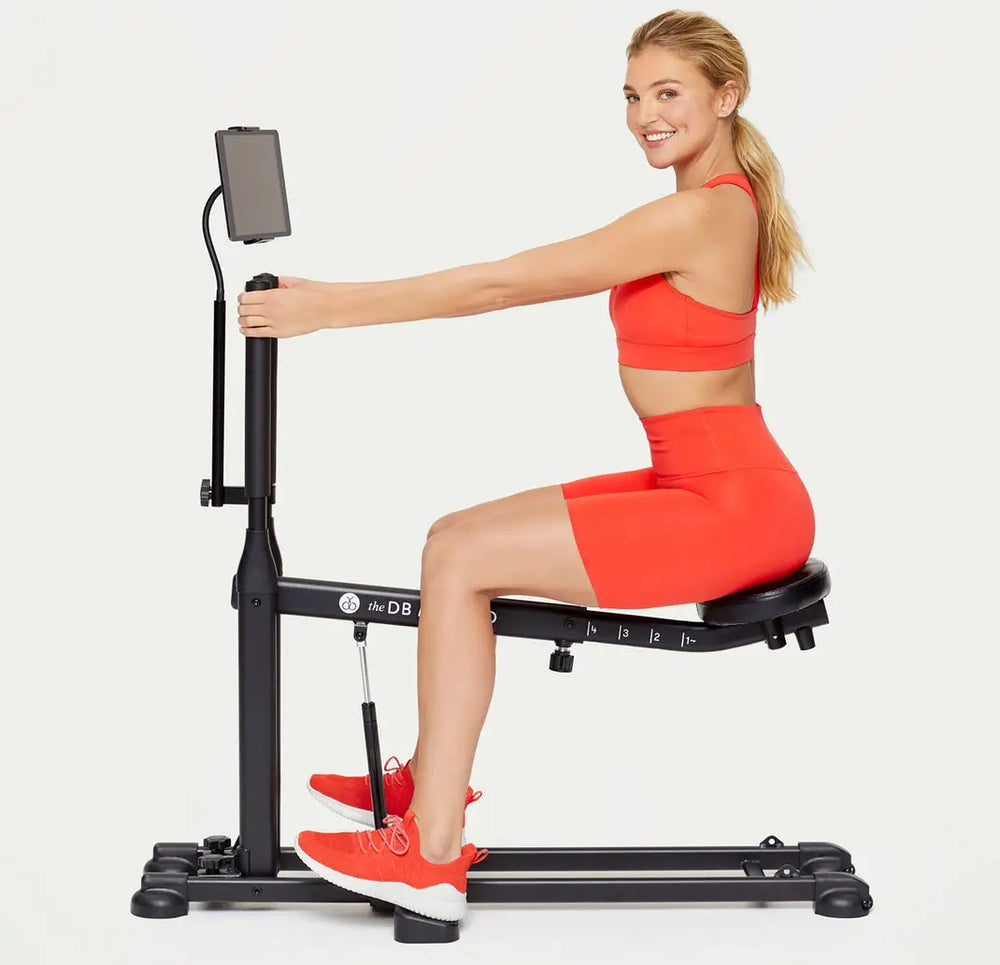
We teach you mind-to-muscle connection and challenge you with time-tested techniques to ramp up muscle tension and produce lasting results.
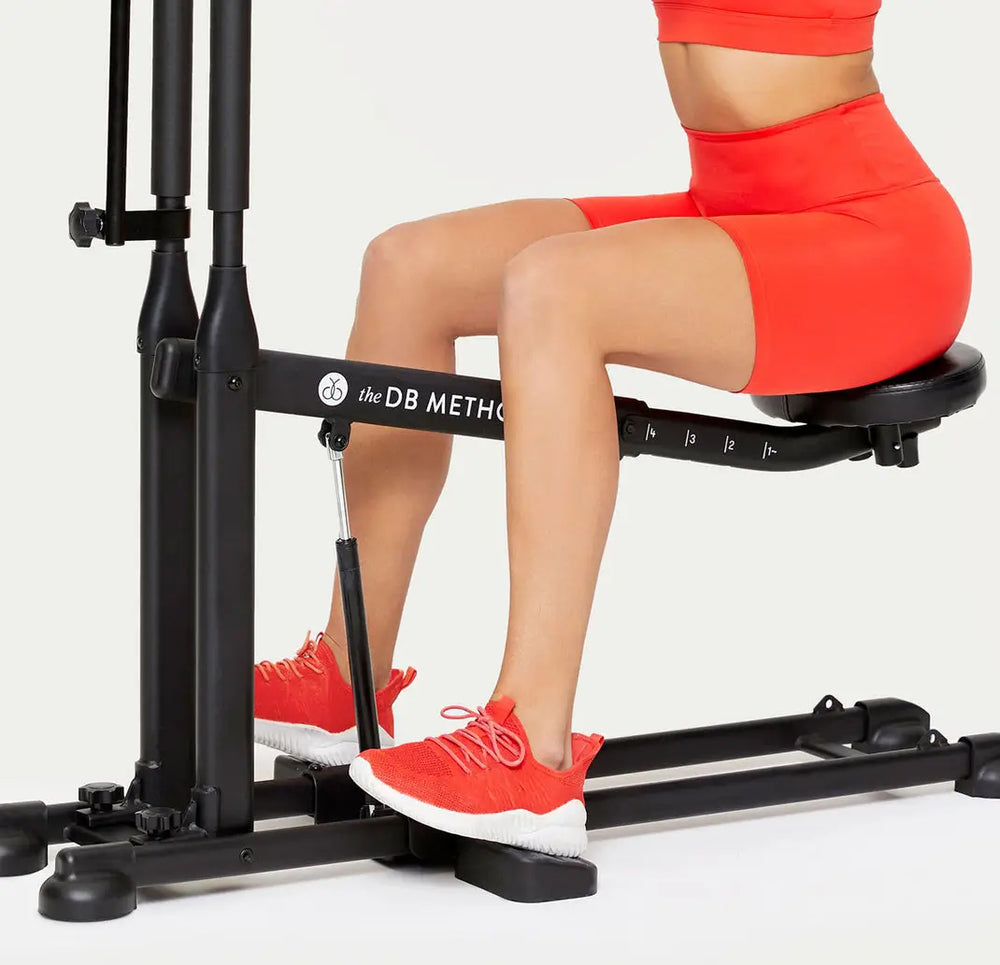
Our workouts condense a high volume of work into a short amount of time. This produces metabolic stress on the glutes, one of the key triggers for muscle growth, while creating systemic intensity to challenge the whole body.
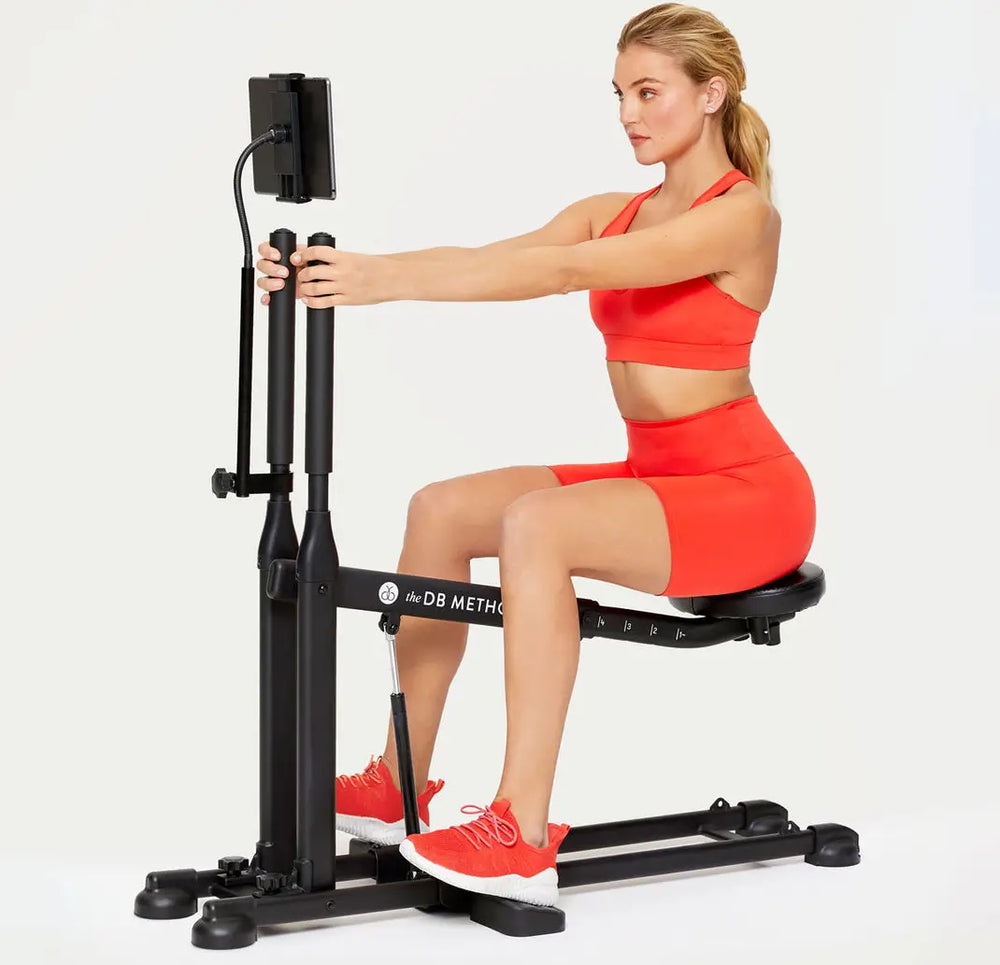
The DB Method shifts weight back into the glutes, putting them under loads scientifically proven ideal for hypertrophy.





4.9/5
Average customer rating
100%
Reported a more lifted appearance
97%
Improved knee and back pain
*Statistics collected from a control group of 1,591 reviewers
These inspiring transformations go beyond the surface – showcasing improved muscle definition, glowing skin,better posture, and renewed energy. Our clients don’t just look better, they feel stronger, more confident, and healthier than ever before.


The muscle definition I’ve gained is incredible. My posture has completely transformed, and I feel so much stronger in my daily activities.
Kerri L.


I'm over 200 lbs and l've had great results!
Lindsey H.


8 weeks progress! I am obsessed with this machine! I have been doing the 10 minute booty burn 6 days a week.
Sydney D.
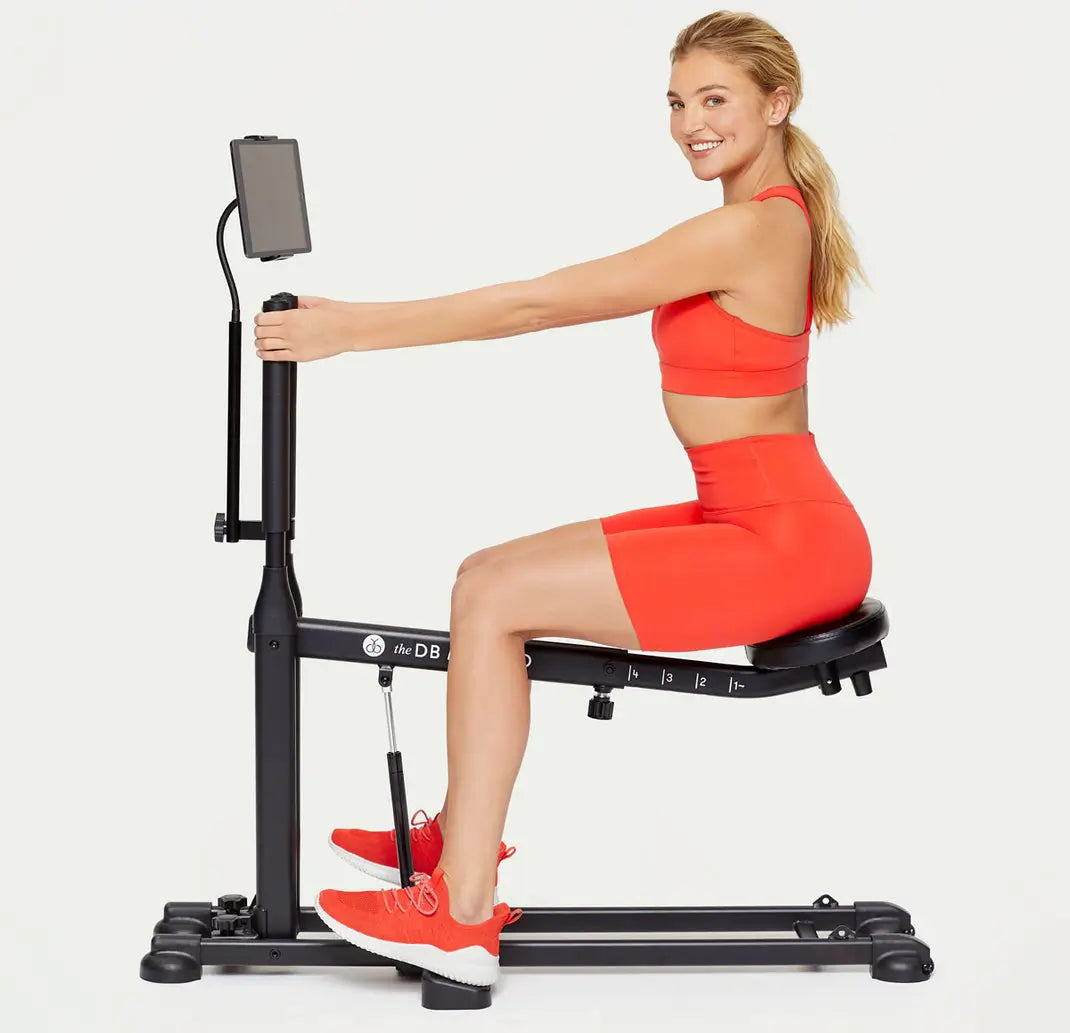

Transform your fitness journey with patented squat technology. Build stronger glutes and a more powerful lower body with proper form and maximum efficiency.
$289.99
Try The Squat Machine TodayThe guided seat angle keeps your torso upright and aligns joints, eliminating guesswork and reducing injury risk.
Yes. When folded correctly, it measures 45 ½″ L × 20″ W × 7″ H, so it can slide under most beds or sofas and stand upright in a closet.
Absolutely. Assisted resistance supports body weight, letting you build strength safely.
Up to 250 calories in a ten-minute high-intensity session, depending on weight and effort.
No. Body-position load plus optional resistance bands provide progressive overload without dumbbells or barbells.
$30
Hassle-free machine support and servicing
Priority Customer Service
Be the first to know about new workouts, products and more!